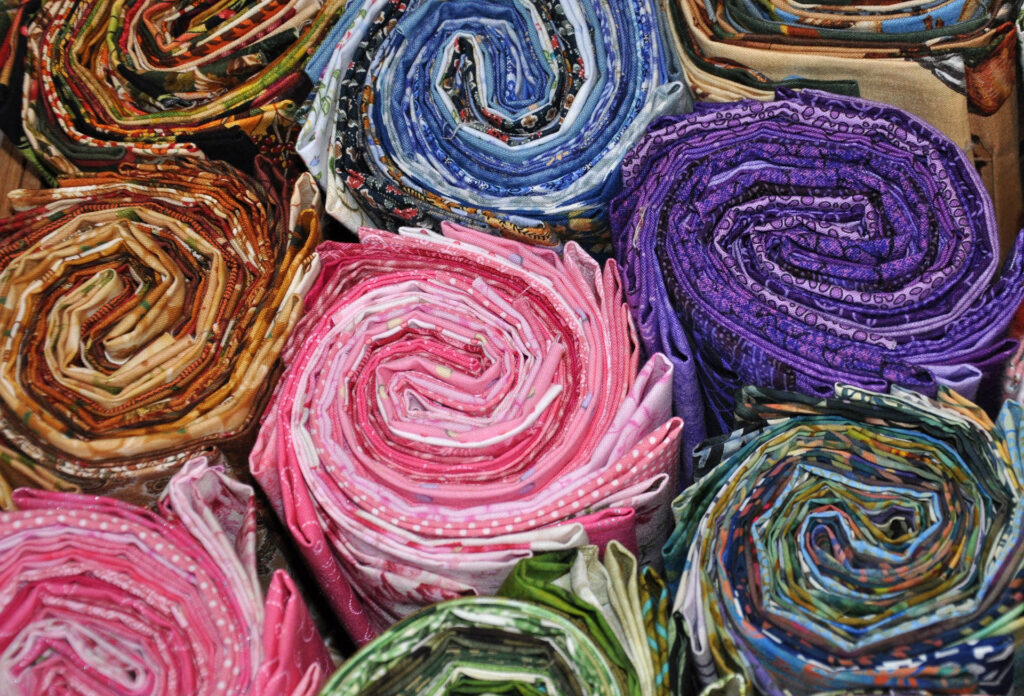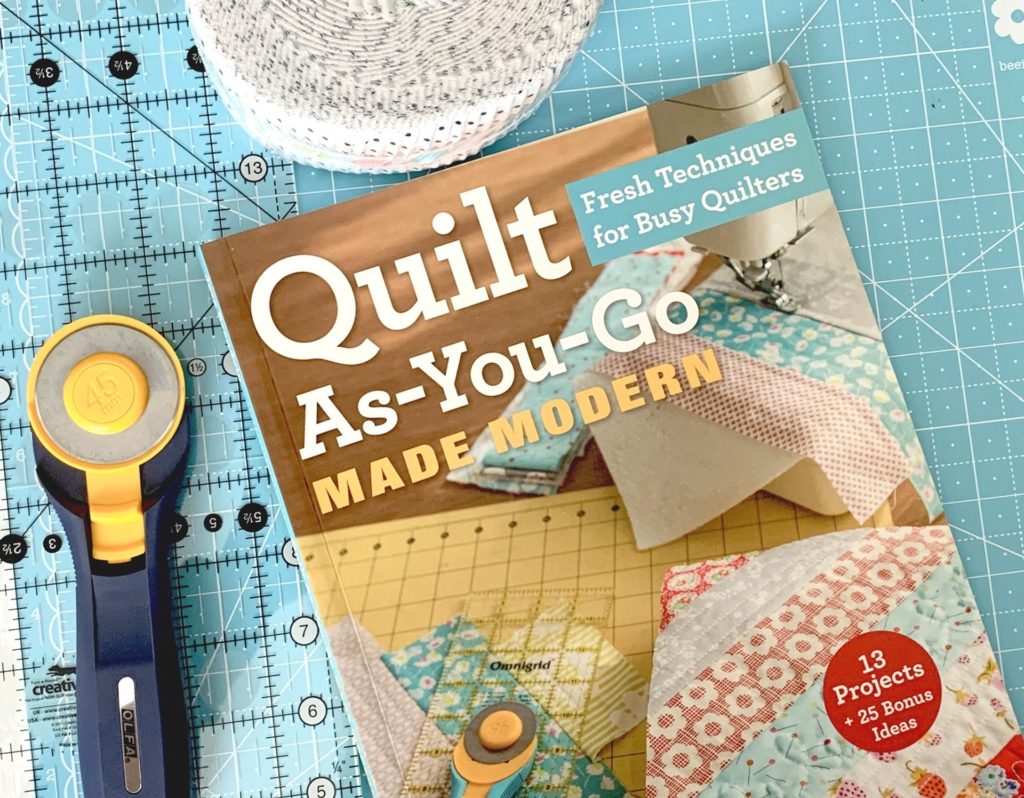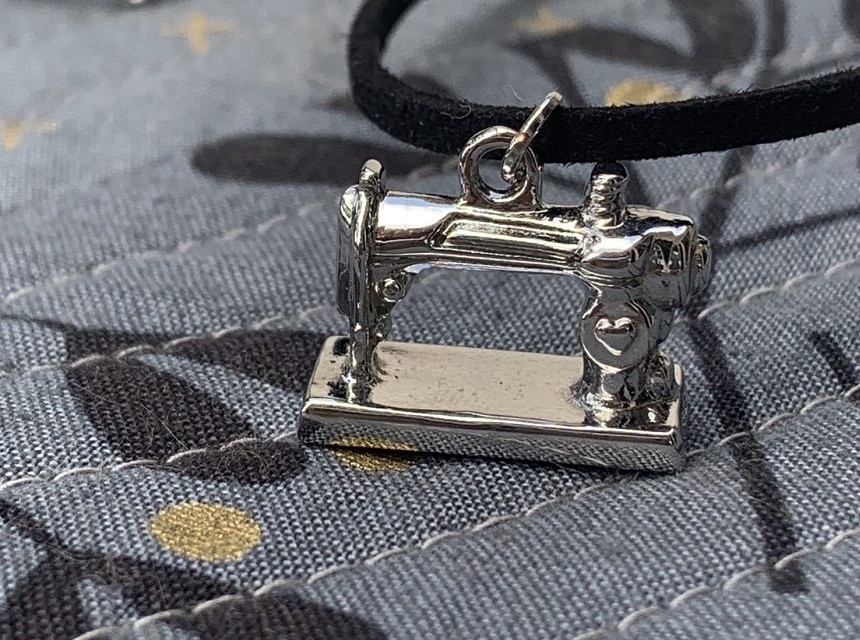

Quilting is a lovely art that people have been practicing for eons. It has been evolving, and no single quilter can or should shush you about the perfect way to quilt. Everyone is learning and improving, which has brought about a great deal of diversity and richness in the quilting family. Every quilter, whether an experienced one or a beginner, has one or a few tips to learn if they care to learn. Don’t forget, though, the more the experience you have, the better the quilts you will make.
Quilting, if simply put, is the sewing together of two or (mostly) three layers of fabric to make a heavy, warm piece of cloth. In olden days, quilting was done mainly for warmth purposes. However, today, quilting has been embraced by interior designers to accentuate interior décor. It has become some kind of art and, therefore, a valuable type of homely decor option.
Before you venture into quilting, you should know quilters prefer a few things like quilting weight cotton. While earlier years, people were very keen on using hand quilting techniques today, machine quilting is the more preferred method, especially by beginners. In fact, you can use your ordinary sewing machine for quilting. Hand quilting is also preferred by many because it offers you hands-on expertise and attachment to the quilts you make. However, whether you opt for hand or machine quilting, you are sure to enjoy a whole lot of benefits when you learn quilting basics. Below, we are going to explore how to start quilting for beginners.
Quilting allows one to not only explore what they learned about quilting from their mentor, but it also lets you open your wings and explore different methods and depths of quilting. You can mix different types of fabrics when making a quilt. Combining different types of fabrics, patterns, and colors give your quilts depth and originality. It is for this reason quilters are seen as artists because they can employ different techniques, methods, and styles to produce their quilts.
Hand quilting can be intimidating at first. However, upon watching a quilting expert at work, you will be relieved to discover that it is not as hard. Some of the most basic quilting tips for beginners is to know what tools are needed. First, you will need tools such as a quilting hoop, the quilting fabric, a thimble, and a set of quilting needles. Don’t forget to buy the right quilting thread, which should be available locally. Here are some tips that will come in handy if you are a beginner quilter:
There are countless ways that you can use your machine when quilting. Here, we are going to explore some echo stitching machine quilting tips that will help pave the way for your successful quilting future.
The first thing you should know and appreciate when you are starting to quilt is that every quilting project is a learning lesson. Having noted that, you might find your blocks or triangles are of different sizes even though you had carefully measured everything. Finally, you see the finish line of your quilting marathon, and then suddenly you realize you are out of border fabric.
The solution to getting the best quilt is to keep on learning. There is no end to quilting lessons. Even a veteran quilter has something to learn. While you might be an expert in the straight line or echo quilting methods, you shouldn’t block your mind from learning free motion quilting tips. After all, you never know when these extra skills might come in handy in your quilting career. As we have explored above, quilting using hand can be different from machine quilting, and this presents you with the dilemma of which one is good for you. Well, whichever method you opt for, you are guaranteed to get breathtaking results when you invest in the right amount of time and other resources.





